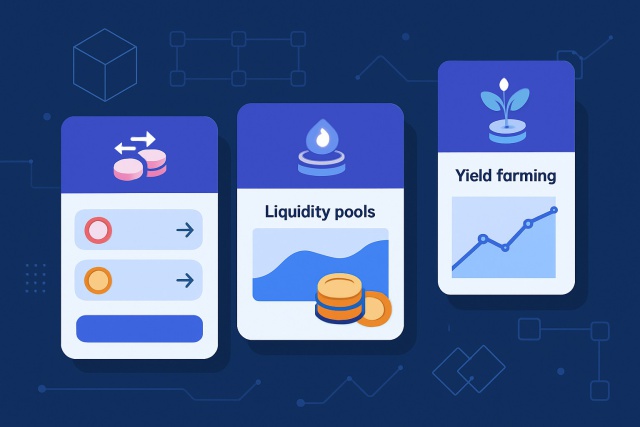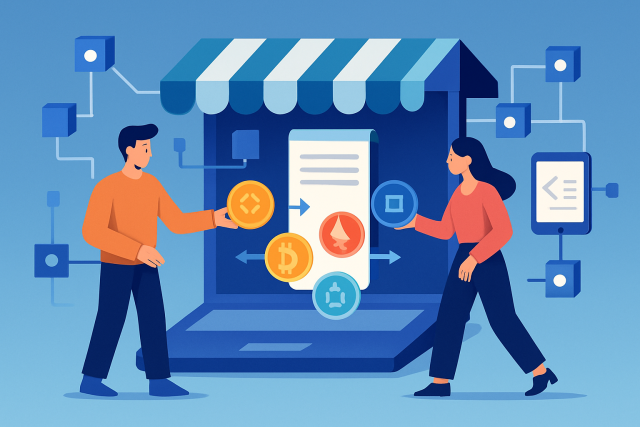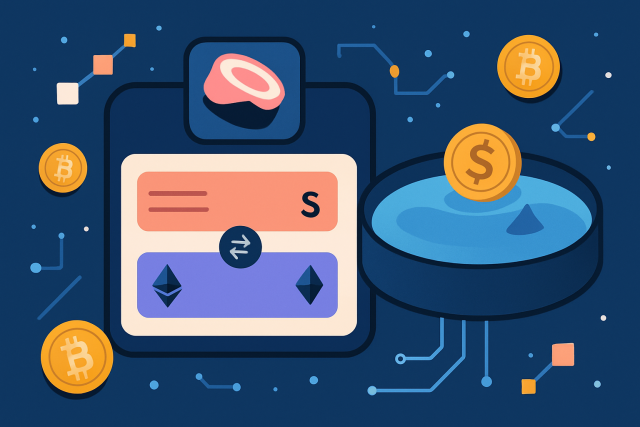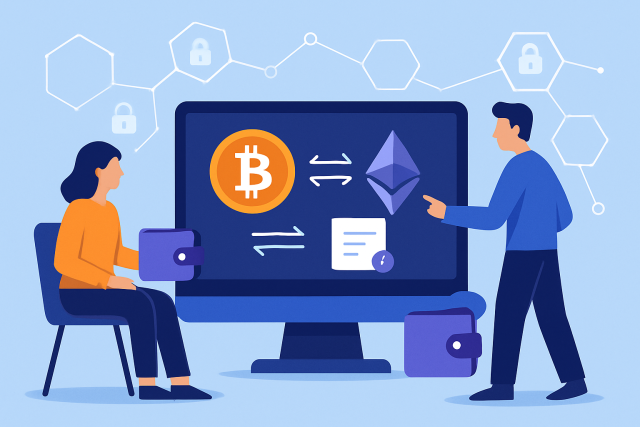How dYdX Compares to Other Decentralized Exchanges

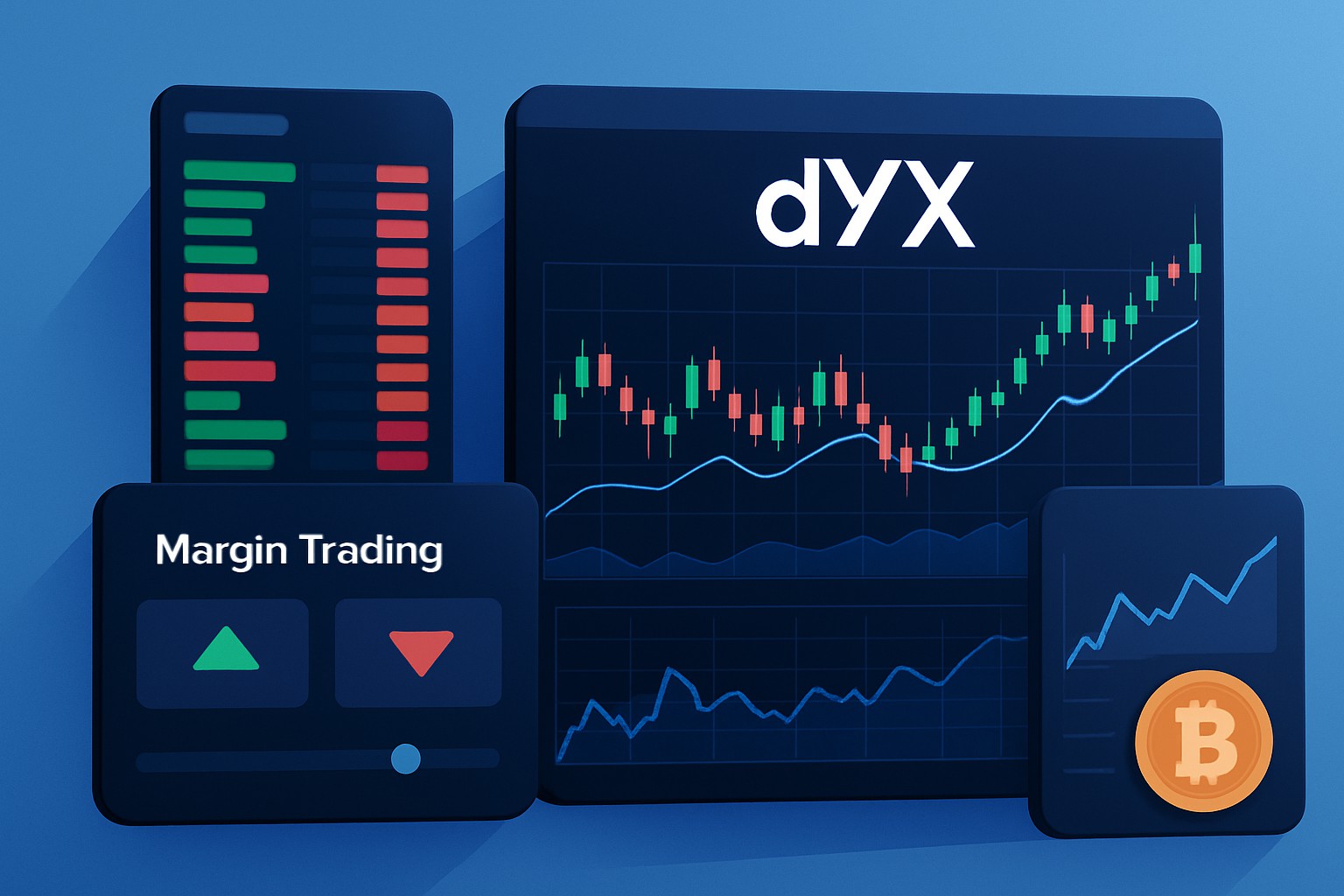
This article breaks down what sets dYdX apart in the crowded and ever-evolving world of decentralized exchanges.
- Dive into how dYdX’s unique order book design and Layer-2 technology make trades quicker and easier on the wallet compared to your average DEX.
- Discover the platform’s sophisticated trading features—like margin and perpetual contracts—that tend to win over traders with more experience.
- Take a close look at the platform’s wallet-friendly fee structure and the DYDX token rewards designed to keep active traders coming back.
- Get a well-rounded view of dYdX’s key strengths and quirks including its security measures and how users might find their sweet spot on this platform.
- Check out the liquidity and market depth for major pairs which helps keep slippage issues in check when making your moves.
Decentralized exchanges (DEXs) have shaken up the cryptocurrency trading world by offering platforms that are permissionless, trustless and transparent, allowing users to keep full control of their assets without looking over their shoulders. With decentralized trading gaining momentum daily, the exchange dYdX has carved out a name for itself as a standout player. It skillfully blends traditional financial features with cutting-edge decentralized technology. This article dives into what makes dYdX tick and compares it with other popular DEXs.
DYdX at a Glance: Key Features of dYdX and How It Works Explained with a Wink
dYdX is a slick decentralized exchange running on Ethereum Layer-2 powered by StarkWare technology. It offers features you would typically find on centralized platforms like margin trading, perpetual contracts and spot trading. It manages all this without ever holding your funds. The platform uses an off-chain order book with on-chain settlement. This keeps trades fast and gas fees low. Users control their funds with private keys, adding extra security that is hard to beat. Governance is handled by DYDX token holders, giving the community a real voice in shaping the platform.
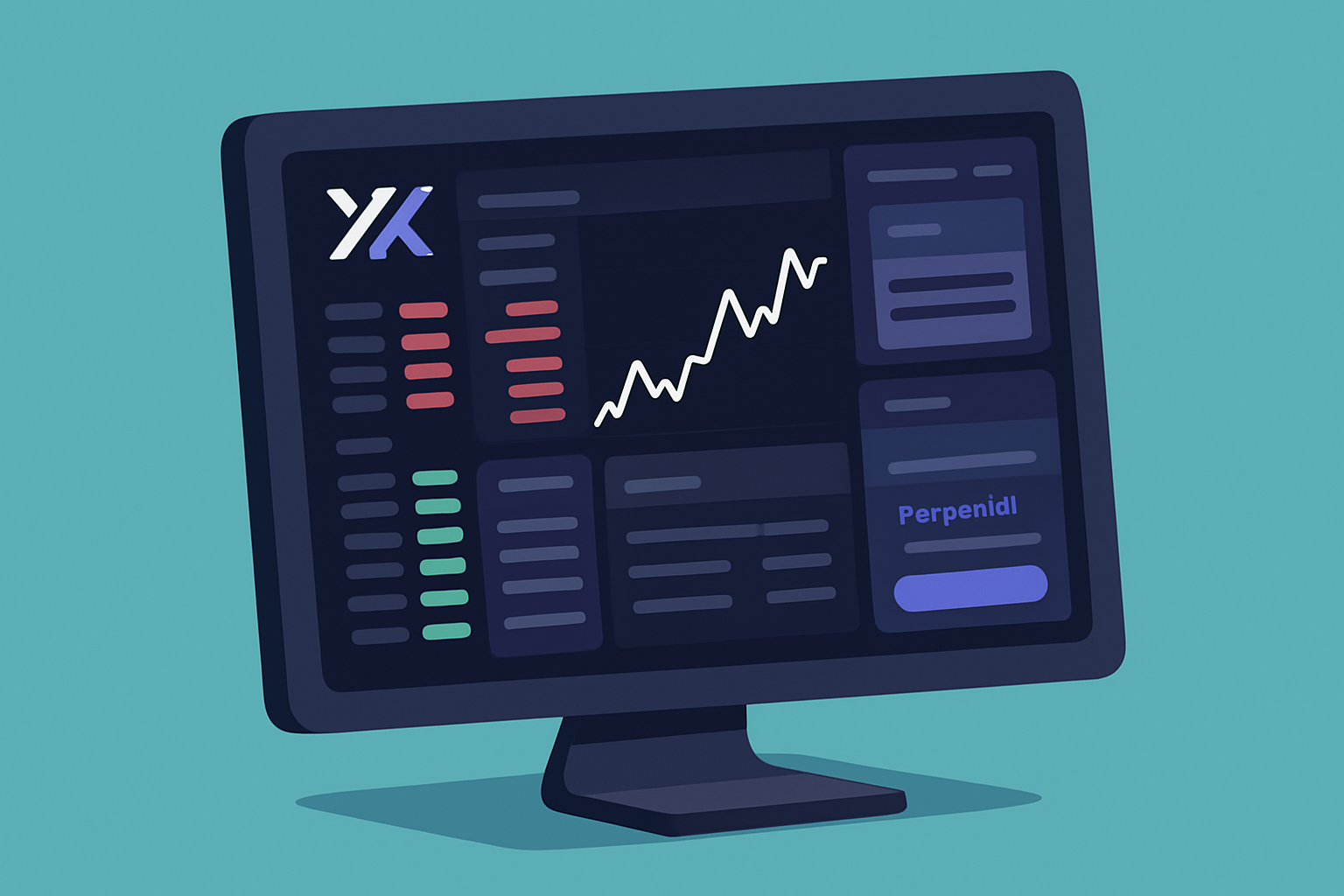
What Makes dYdX Stand Out from Your Usual DEXs
Unlike your run-of-the-mill AMM-based decentralized exchanges like Uniswap or SushiSwap which lean heavily on liquidity pools, dYdX opts for an order book model that will feel pretty familiar to anyone who is spent time on centralized exchanges. This approach usually nails price discovery with more precision and tends to keep slippage in check, especially when you’re moving larger chunks of assets. On top of that, dYdX cleverly taps into Layer-2 scalability to deliver faster transactions with fees that won’t make you wince. By blending off-chain order matching with on-chain settlement, the platform smooths out the user experience with speedy order execution.
| Feature | dYdX (Order Book Model) | Uniswap (AMM Model) | SushiSwap (AMM Model) |
|---|---|---|---|
| Trade Mechanism | Runs an off-chain order book paired with on-chain settlement for a smooth combo | Depends on liquidity pools powered by a trusty constant product formula | Also leans on liquidity pools using the same constant product magic |
| Slippage | Usually lower, especially when you’re making those big trades that could jostle the market | Can run a bit higher, all depending on pool size and your trade volume | Much like Uniswap, slippage swings with how juicy the pool is |
| Fees (Maker/Taker) | Maker fees wiggle between 0.00 and 0.1%; taker fees sit between 0.05 and 0.15%—pretty wallet-friendly | A steady 0.3% fee every time you trade, no surprises there | Same story here: a fixed 0.3% cut per trade |
| Transaction Speed | Thanks to Layer-2 scaling, trades happen near lightning-fast—blink and you might miss it | Speed hinges on Ethereum mainnet’s mood, which can slow things down when it’s busy | Matches Uniswap’s pace, give or take |
| Gas Costs | Slashed dramatically by StarkWare’s Layer-2 tech—your gas tank will thank you | Steeper costs since swaps happen directly on-chain, so hold on to your ETH | Ditto on the higher gas fees; on-chain swaps don’t come cheap |
| Advanced Features | Offers the neat perks of margin trading and perpetual contracts—great if you like playing with extra tools | Sticks to basic spot swaps—simple and straightforward | Brings spot swaps plus some farming and staking goodies to the table |
| Custodianship | Completely non-custodial, so you’re firmly in the driver’s seat | Fully non-custodial as well, keeping control in your hands | Same deal here: totally non-custodial, no middlemen involved |
User Experience and Interface Making Every Click Count
dYdX's interface strikes a neat balance between being sophisticated for seasoned traders and friendly to newcomers in decentralized margin trading. The platform offers clear dashboard views with up-to-the-minute data, making trade execution straightforward. Its responsive design means things flow smoothly whether you’re on your laptop or phone.
- Offers a variety of order types like limit, market and stop orders to give you flexibility with advanced trading strategies
- Comes packed with detailed analytics tools including slick charting and thorough performance tracking to keep you informed
- Plays nicely with popular wallets such as MetaMask, Ledger and WalletConnect making integration smooth
- Sports a fully responsive design optimized for desktop. Its mobile-friendly version is steadily improving so you’re covered wherever you go
- Keeps a lively pulse on community involvement through governance forums and social media channels because the crowd’s voice matters
Taking a Closer Look at Performance and Security
dYdX consistently punches above its weight, often wrapping up transactions in less than a second on its Layer-2 solution while boasting uptime that rarely dips below 99.9%. Security is front and center here, backed by a handful of independent smart contract audits and well-defined protocols that don’t leave much to chance. Since the platform is non-custodial, users hold onto their private keys themselves—a savvy move that cuts down the usual risks linked to centralized custody. Decentralization is still a work in progress, gradually unfolding through governance tokens and multi-sig controls.
dYdX keeps security front and center by running thorough third-party audits and being refreshingly transparent about their operations. This no-nonsense approach goes a long way in helping users feel genuinely confident and in control when they trade in a truly decentralized way.
Pricing, Fees, and Incentives You Really Need to Know
dYdX offers a competitive fee setup with maker fees starting at a wallet-friendly 0% to encourage liquidity provision. Meanwhile, taker fees usually settle between 0.05% and 0.15%, which is reasonable to keep things moving. Thanks to its slick Layer-2 infrastructure, it reduces gas costs compared to mainnet DEXs like Uniswap and SushiSwap where users bear the full brunt of Ethereum network fees—a cost that can sting if you’re not careful. dYdX also rewards active traders with native DYDX tokens based on their trading volume and involvement in platform governance.
| Exchange | Maker Fee | Taker Fee | Approximate Gas Fees | Reward/Incentive Program |
|---|---|---|---|---|
| dYdX | 0% to 0.1% | 0.05% to 0.15% | Low (optimized for Layer-2 gas, so your wallet won’t cry) | DYDX token rewards for those who trade like pros |
| Uniswap | None | 0.3% | High (runs on Ethereum mainnet, so gas fees can be a bit spicy) | Offers liquidity mining and UNI staking to keep you coming back |
| SushiSwap | None | 0.3% | High (runs on Ethereum mainnet, yep, same gas story) | SUSHI token staking and tasty reward programs that users seem to love |
| PancakeSwap | None | 0.25% | Low (Binance Smart Chain keeps gas fees easy on the wallet) | CAKE token rewards and plenty of staking opportunities to sink your teeth into |
Getting to Grips with Liquidity and Market Depth
dYdX tends to boast pretty solid liquidity, especially when it comes to popular perpetual contracts and margin trading pairs. In practice, this usually means you’re looking at deep order books that do a nice job of keeping slippage to a minimum. The platform doesn’t offer as many trading pairs as some AMM DEXs out there, but it zeroes in on derivatives and perpetuals a niche that often attracts the pros who really care more about market depth and smooth execution than juggling a long list of tokens
- Daily trading volume usually ranks near the top among decentralized perpetual derivatives markets showing how popular it’s become
- Supports more than a dozen active pairs including the ever-popular BTC and ETH alongside key stablecoins that keep things steady
- Typically enjoys lower slippage compared to AMM DEXs thanks to its well-organized order book setup—something traders appreciate when every fraction counts
- Offers full access to derivatives and perpetual contracts, a feature you won’t find on most DEX platforms that gives users a leg up in the game
Strengths and Limitations of dYdX Compared to Its Competitors A Closer Look
dYdX really shines when it comes to advanced margin and perpetual contract trading, boasting low fees and speedy Layer-2 execution that’s hard to beat. These features aren’t always a walk in the park—newcomers might find the learning curve a bit steep at first. Its token selection is on the smaller side compared to the big players in the AMM DEX world, so don’t expect a buffet of options.
- Leverages cutting-edge Layer-2 technology to deliver trades that are fast and easy on the wallet
- Offers a suite of sophisticated trading tools like margin and perpetual contracts that you won’t usually find on most DEXs
- Prioritizes strong security with thoroughly audited contracts and non-custodial custody so your assets are safe
- Might feel overwhelming for beginners because of its advanced features and order book mechanics
- Comes with a more focused token selection that is narrower than the offerings on typical AMM-based platforms
- Boasts an active governance model through the DYDX token which gives the community a real say in how things evolve
- Sports a fee structure that’s competitive and usually benefits high-volume and pro traders
- The mobile experience is steadily improving although desktop remains the main platform
Who Really Benefits from Using dYdX? Common Use Cases and Handy Suggestions
dYdX tends to be a great fit for go-getters—active traders, DeFi enthusiasts, and seasoned margin pros who want the advanced decentralized trading tools offered by dydx and feel at home with Layer-2 technology. On the flip side, if you’re more of a casual user or just dipping your toes in, simpler AMM-based DEXs with straightforward swap features usually do the trick.
Frequently Asked Questions
Is dYdX suitable for a beginner in cryptocurrency trading?
dYdX mainly targets seasoned traders since it packs advanced features like margin and perpetual contracts. Beginners might find the order book interface and trading process a bit overwhelming at first. If you’re just dipping your toes into crypto, it’s generally smoother to start with a simpler Automated Market Maker (AMM) DEX like Uniswap for basic swaps before stepping up to dYdX.
How does dYdX offer faster transactions and lower fees than other DEXs?
dYdX leverages a Layer-2 solution called StarkWare to speed things up. It handles trades off-chain then batches them for on-chain settlement to slash gas fees and deliver near-instant execution times. This setup gives it a leg up compared to DEXs like Uniswap which run directly on the Ethereum mainnet where high gas costs can add up.
What are the main risks of trading on dYdX compared to a centralized exchange?
Since dYdX is non-custodial, you hold your own keys, which changes the risk landscape from centralized exchanges. The main concerns include the complexity of leveraged trading that can lead to liquidation and the chance of smart contract bugs. dYdX works hard to minimize these with thorough audits. Bottom line: you’re your own security guard on dYdX, unlike centralized platforms where support teams might help you if you forget a password or hit a snag.
Why does dYdX have fewer trading pairs than other DEXs like Uniswap?
dYdX focuses on quality over quantity by specializing in derivatives like perpetual contracts for key assets such as BTC and ETH. Maintaining deep liquidity and a robust order book for these products takes a lot of effort. Meanwhile, AMM DEXs can offer thousands of tokens through user-created liquidity pools but that often comes with higher slippage, especially on less popular pairs.
Do I need to hold the DYDX token to use the dYdX exchange?
There’s no need to hold DYDX tokens just to trade on the platform. The tokens mainly serve a governance role, letting holders weigh in on decisions shaping the platform’s future. If you’re an active trader, you can earn DYDX tokens as a bonus through trading fee incentives and by joining the ecosystem which adds extra flavor to your trading experience.


